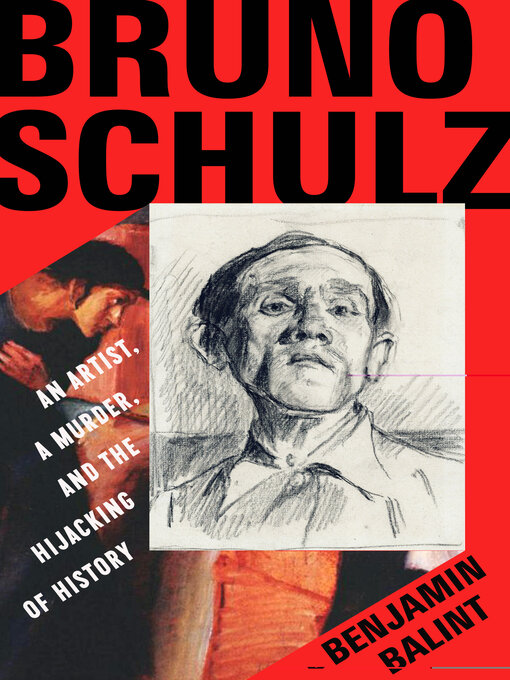Winner of the 73rd National Jewish Book Award for Biography
A New York Times Book Review Editors' Choice
A fresh portrait of the Polish-Jewish writer and artist, and a gripping account of the secret operation to rescue his last artworks.
The twentieth-century artist Bruno Schulz was born an Austrian, lived as a Pole, and died a Jew. First a citizen of the Habsburg monarchy, he would, without moving, become the subject of the West Ukrainian People's Republic, the Second Polish Republic, the USSR, and, finally, the Third Reich.
Yet to use his own metaphor, Schulz remained throughout a citizen of the Republic of Dreams. He was a master of twentieth-century imaginative fiction who mapped the anxious perplexities of his time; Isaac Bashevis Singer called him "one of the most remarkable writers who ever lived." Schulz was also a talented illustrator and graphic artist whose masochistic drawings would catch the eye of a sadistic Nazi officer. Schulz's art became the currency in which he bought life.
Drawing on extensive new reporting and archival research, Benjamin Balint chases the inventive murals Schulz painted on the walls of an SS villa—the last traces of his vanished world—into multiple dimensions of the artist's life and afterlife. Sixty years after Schulz was murdered, those murals were miraculously rediscovered, only to be secretly smuggled by Israeli agents to Jerusalem. The ensuing international furor summoned broader perplexities, not just about who has the right to curate orphaned artworks and to construe their meanings, but about who can claim to stand guard over the legacy of Jews killed in the Nazi slaughter.
By re-creating the artist's milieu at a crossroads not just of Jewish and Polish culture but of art, sex, and violence, Bruno Schulz itself stands as an act of belated restitution, offering a kaleidoscopic portrait of a life with all its paradoxes and curtailed possibilities.




